Home>diy>Home Improvement>What Will A Fix-and-Flip Investor Want To Do Next After The Renovation?
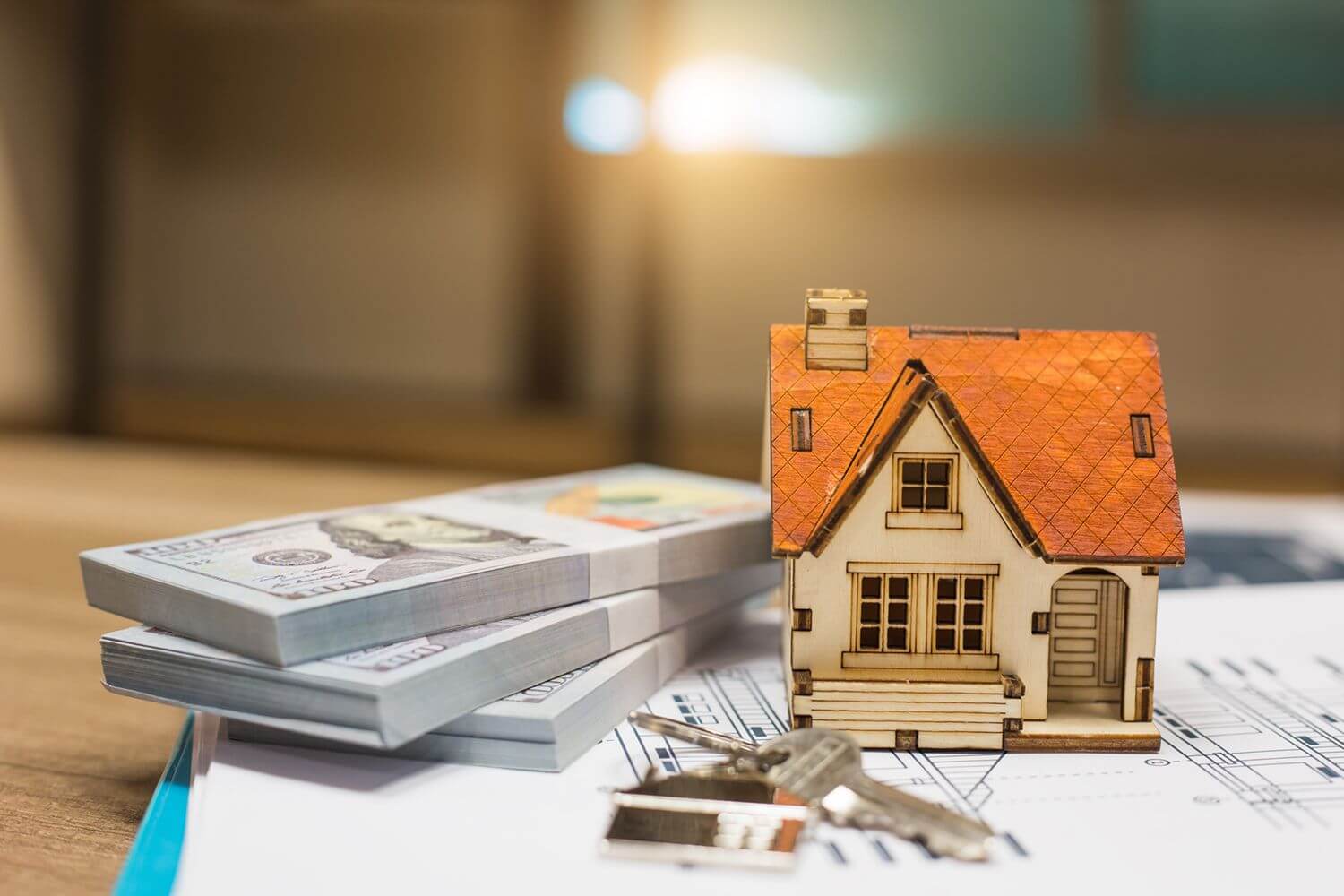

Home Improvement
What Will A Fix-and-Flip Investor Want To Do Next After The Renovation?
Modified: December 7, 2023
Discover what a fix-and-flip investor desires post-renovation and how home-improvement plays a crucial role in their next steps.
(Many of the links in this article redirect to a specific reviewed product. Your purchase of these products through affiliate links helps to generate commission for Storables.com, at no extra cost. Learn more)
Introduction
Flipping houses has become a popular investment strategy in the real estate market. This process involves purchasing a distressed property, renovating it, and then selling it for a profit. If you are a fix-and-flip investor, you know that the renovation phase is only half of the equation. Once the property has been successfully renovated, it’s time to focus on what comes next – finding a buyer and closing the sale.
In this article, we will explore the key steps that a fix-and-flip investor should take after completing the renovation. From finding a buyer to evaluating the profit margin, we will delve into the crucial strategies that will ensure a successful sale and a rewarding return on investment.
So, what’s next after the renovation? Let’s find out.
Key Takeaways:
- After renovating a property for flipping, focus on effective marketing, staging, and networking to attract potential buyers. Skillful negotiation and careful evaluation of profit margins are essential for a successful sale.
- Reinvest profits strategically by expanding your real estate portfolio, upgrading existing properties, and exploring new markets. Consider joint ventures, real estate education, and setting aside emergency funds for long-term success.
Finding a Buyer for the Flipped Property
Once the renovation is complete, the next step is to find a buyer for the flipped property. Here are some effective strategies to help you attract potential buyers:
- Work with a Real Estate Agent: Collaborating with a real estate agent who specializes in selling flipped properties can greatly increase your chances of finding a buyer. They have a wide network of potential buyers and can market the property effectively.
- Stage the Property: Staging the property can make a significant impact on its appeal to buyers. Consider hiring a professional stager who can arrange furniture and decor to showcase the property’s best features and create an inviting atmosphere.
- Professional Photography: The first impression matters, and high-quality photographs of the property can attract potential buyers online. Hire a professional photographer to capture the best angles and showcase the beauty of the renovated property.
- Utilize Online Listing Platforms: Take advantage of popular online listing platforms such as Zillow, Realtor.com, and MLS to showcase your flipped property. Provide detailed descriptions and leverage keywords to optimize your listing for search engines.
- Networking: Spread the word about your flipped property through your personal and professional networks. Attend real estate networking events, join investor groups, and engage with industry professionals who may have buyers interested in purchasing a flipped property.
- Host Open Houses: Open houses provide an opportunity for potential buyers to view the property firsthand. Stage the property beautifully, prepare informative brochures, and be available to answer any questions. This personal interaction can help build buyer confidence and generate offers.
By employing these strategies, you can increase your chances of attracting potential buyers and expedite the sale of your flipped property.
Marketing and Advertising the Flipped Property
Marketing and advertising your flipped property effectively is crucial in attracting the right buyers and maximizing your chances of a successful sale. Here are some key strategies to consider:
- Create a Compelling Listing Description: Craft a captivating listing description that highlights the key features and benefits of the property. Use descriptive language and emphasize the improvements made during the renovation. Incorporate keywords that potential buyers are likely to search for.
- Showcase Before and After Photos: Include before and after photos in your marketing materials to showcase the transformation of the property. These visual representations will allow potential buyers to see the potential value and appeal of the renovated property.
- Virtual Tours and Videos: In addition to photos, consider creating virtual tours or videos of the property. This gives potential buyers a more immersive experience and allows them to explore the property from the comfort of their own homes.
- Target Online Advertising: Use online advertising platforms such as Google Ads or social media ads to target specific demographics and reach potential buyers who may be interested in your flipped property. Use compelling visuals and persuasive copy to entice viewers to click and learn more.
- Utilize Social Media: Leverage social media platforms such as Facebook, Instagram, and LinkedIn to market and advertise your flipped property. Create visually appealing posts, share listing information, and engage with potential buyers in relevant real estate groups and communities.
- Collaborate with Local Businesses: Build partnerships with local businesses that may have a complementary audience. For example, collaborate with a home decor store or a furniture rental company to showcase their products in your staged property. This can create mutually beneficial exposure for both parties.
Remember to track the effectiveness of your marketing efforts using analytics and adjust your strategies accordingly. By utilizing a combination of online and offline marketing techniques, you can generate interest and attract potential buyers to consider your flipped property.
Negotiating and Closing the Sale
Once you have attracted potential buyers and received offers on your flipped property, it’s time to enter the negotiation and closing phase. Here are some key steps to navigate this critical stage:
- Review Offers Carefully: Carefully review each offer you receive, considering the price, terms, and contingencies. Look for offers that align with your desired sale price and have favorable terms that suit your needs.
- Counteroffer Strategically: If the initial offer does not meet your expectations, you can submit a counteroffer. Strategically negotiate with the buyer to reach a mutually beneficial agreement. Keep in mind the market conditions and the value of your property to make informed counteroffers.
- Perform Due Diligence: Once you have accepted an offer, the buyer will likely conduct inspections, appraisals, and other due diligence processes. Be prepared to provide necessary documentation and cooperate with the buyer’s requests.
- Address Repair Requests: The buyer may request repairs based on the inspection report. Evaluate the requested repairs and negotiate with the buyer to reach an agreement. This may involve either completing the repairs yourself or providing a credit towards the repairs.
- Coordinate with Professionals: Work closely with your real estate agent, attorney, and any other professionals involved in the closing process. They will guide you through paperwork, disclosures, and any legal requirements to ensure a smooth closing.
- Review the Closing Statement: Before closing, carefully review the closing statement, also known as the settlement statement or HUD-1. This document details the financial aspects of the transaction, including prorated property taxes, loan payoffs, and closing costs.
- Attend the Closing: On the closing day, you and the buyer will meet to sign the necessary paperwork and transfer the property’s ownership. Be prepared to bring identification and any required documentation.
- Transfer the Keys: Once the transaction is complete, it’s time to transfer the keys and officially hand over the property to the buyer. Celebrate a successful sale and congratulate yourself on a job well done!
By following these steps and working closely with professionals, you can navigate the negotiation and closing process smoothly, ensuring a successful sale of your flipped property.
After the renovation, a fix-and-flip investor will want to focus on marketing the property effectively to attract potential buyers and maximize the return on investment. This may include professional staging, high-quality photography, and strategic pricing.
Evaluating the Profit Margin
One of the most important aspects of flipping a house is evaluating the profit margin. It’s essential to determine the success and profitability of your investment. Here are some key considerations when evaluating the profit margin of your flipped property:
- Calculate the Total Project Costs: Start by calculating all the costs associated with the purchase, renovation, and sale of the property. This includes the acquisition cost, renovation expenses, holding costs (such as property taxes and utilities), and closing costs.
- Determine the Sales Price: Analyze the current real estate market and research comparable properties to determine a realistic sales price for your flipped property. Consider factors such as location, size, condition, and recent sales in the area.
- Subtract the Total Project Costs from the Sales Price: Subtract the total project costs from the estimated sales price to calculate the potential gross profit. This will give you an initial idea of the profit margin you can expect to achieve.
- Consider Financing Costs: If you financed the property or used borrowed funds for the renovation, take into account the interest and fees associated with the loan. These costs should be deducted from the potential gross profit to get a more accurate net profit.
- Factor in Holding Time: The longer it takes to sell the property, the more holding costs you will incur. Consider the holding time when evaluating the profit margin and account for any additional expenses during that period.
- Account for Unexpected Expenses: In any real estate project, unexpected expenses may arise. Set aside a contingency fund to cover any unforeseen costs that may impact your profit margin.
- Assess the Return on Investment (ROI): To gauge the success of your investment, calculate the return on investment. Divide the net profit by the total project costs, and then multiply by 100 to get the ROI percentage. This metric will help you determine whether the investment was profitable and if it aligns with your financial goals.
By evaluating the profit margin meticulously and considering all relevant costs and factors, you can make informed decisions, maximize your returns, and refine your flipping strategy for future projects.
Reinvesting the Profits
After successfully flipping a property and earning a profit, it’s important to consider how to reinvest those funds wisely. Reinvesting allows you to grow your real estate portfolio and continue generating wealth. Here are some strategies for reinvesting your profits:
- Expand Your Portfolio: Use the profits to acquire additional properties for flipping or rental purposes. This can help diversify your investments and increase your potential for long-term wealth accumulation.
- Upgrade Existing Properties: If you have existing rental properties or properties that could benefit from improvements, reinvesting in renovations can increase their value and rental income potential.
- Explore New Markets: Consider expanding your real estate investments into new markets. Research promising areas with favorable economic, demographic, and employment growth factors to identify potential opportunities.
- Invest in Real Estate Investment Trusts (REITs): REITs are investment vehicles that allow you to invest in real estate without directly owning physical properties. Consider allocating a portion of your profits to REITs for diversification and passive income.
- Explore Joint Ventures: Partnering with other real estate investors or developers can provide opportunities for larger-scale projects. Pooling resources and expertise can help you tackle more ambitious ventures and potentially increase your profits.
- Invest in Real Estate Education and Networking: Continuous learning and networking within the real estate industry are essential for growth. Use some of your profits to attend conferences, seminars, or workshops that can enhance your knowledge and expand your professional network.
- Set Aside Emergency Funds: It’s important to have funds set aside for unexpected expenses or downturns in the real estate market. Consider establishing an emergency fund that can provide a financial safety net during challenging times.
Keep in mind that each investor’s goals and preferences are unique. It’s important to consider your risk tolerance, financial objectives, and market conditions when deciding how to reinvest your profits. Consult with professionals such as financial advisors or real estate experts to ensure you make informed decisions.
By reinvesting your profits strategically and taking advantage of a variety of investment opportunities, you can continue to build wealth and create a successful real estate investment portfolio.
Conclusion
Flipping houses can be a lucrative investment strategy, but the work doesn’t end with the renovation. After completing the renovation, it’s crucial to focus on finding a buyer and closing the sale. By employing effective marketing and advertising strategies, you can attract potential buyers and generate interest in your flipped property.
Negotiating and closing the sale requires careful consideration of offers, conducting due diligence, and working closely with professionals throughout the process. By navigating this stage successfully, you can ensure a smooth transaction and a satisfying return on your investment.
When evaluating the profit margin, consider all project costs, financing expenses, and unexpected expenses that may arise. Ensuring a healthy profit margin will contribute to the success of your flipping endeavor and allow you to reinvest your earnings.
Reinvesting the profits opens up opportunities for expanding your real estate portfolio, upgrading existing properties, exploring new markets, and diversifying your investments. By making strategic reinvestment decisions, you can continue to grow your wealth and achieve long-term financial success.
In conclusion, successfully flipping a property requires careful planning, effective marketing, skillful negotiation, and prudent reinvestment strategies. With knowledge, experience, and the right approach, you can thrive in the world of fix-and-flip investing and create a sustainable and profitable real estate business.
Frequently Asked Questions about What Will A Fix-and-Flip Investor Want To Do Next After The Renovation?
Was this page helpful?
At Storables.com, we guarantee accurate and reliable information. Our content, validated by Expert Board Contributors, is crafted following stringent Editorial Policies. We're committed to providing you with well-researched, expert-backed insights for all your informational needs.


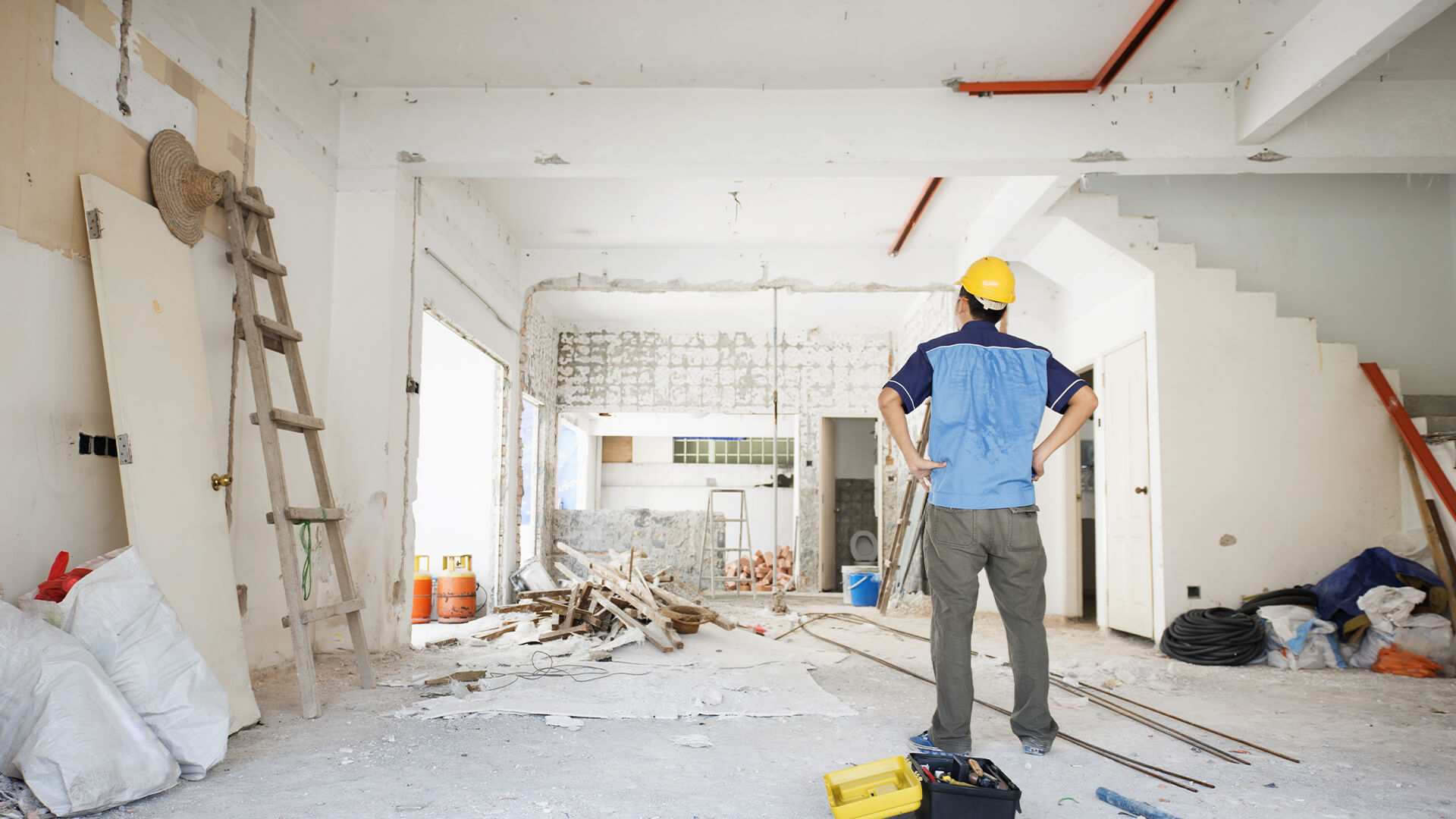




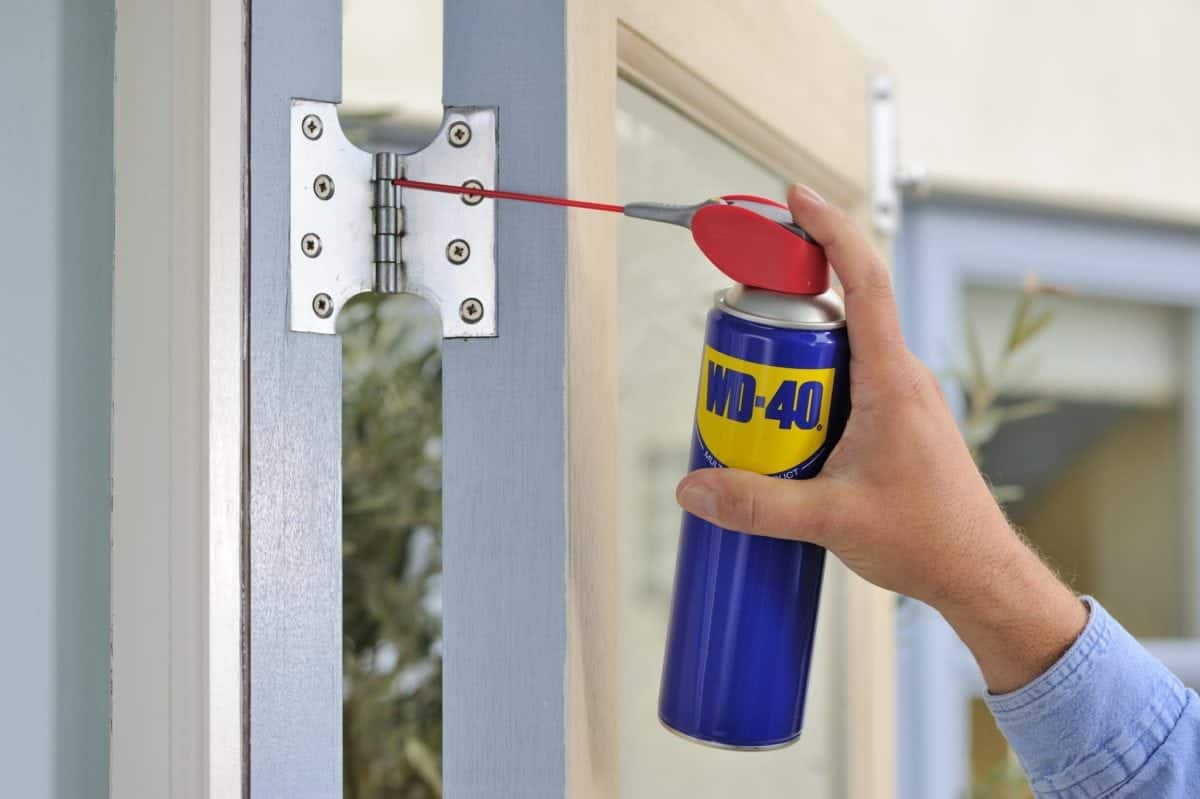
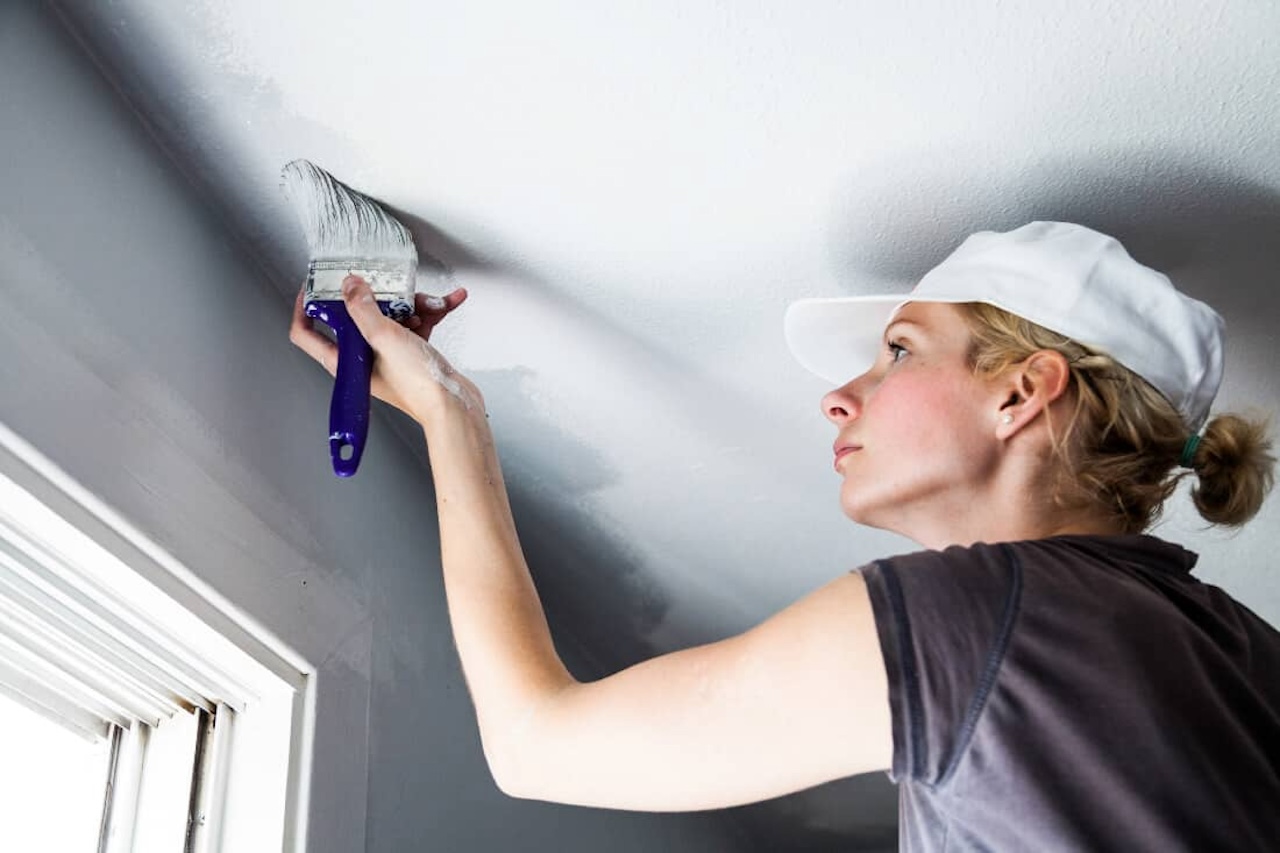



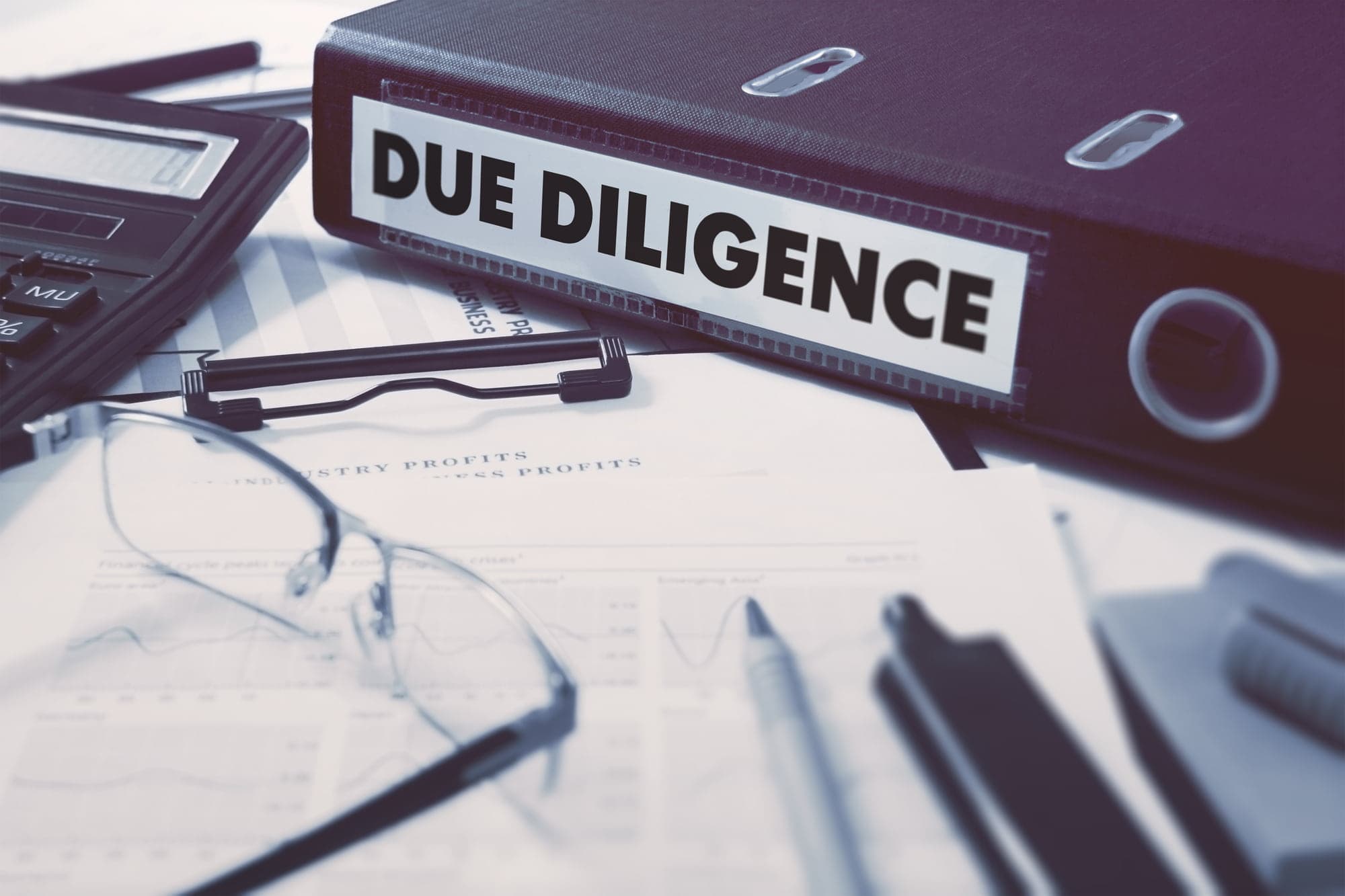


0 thoughts on “What Will A Fix-and-Flip Investor Want To Do Next After The Renovation?”